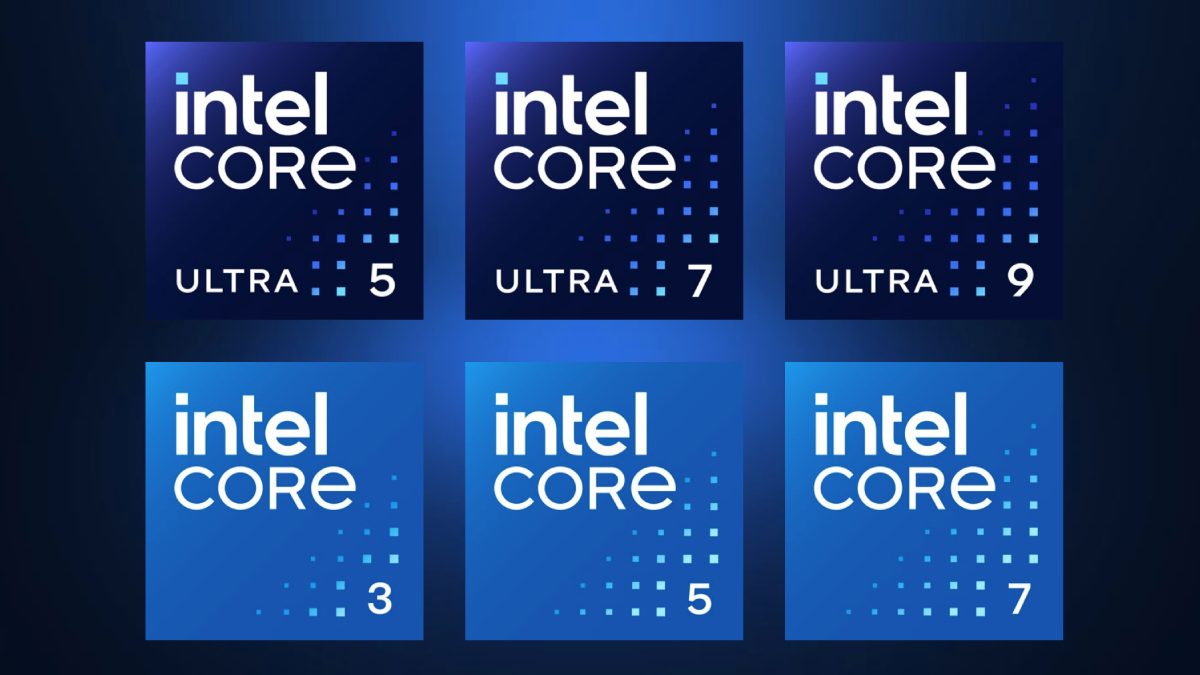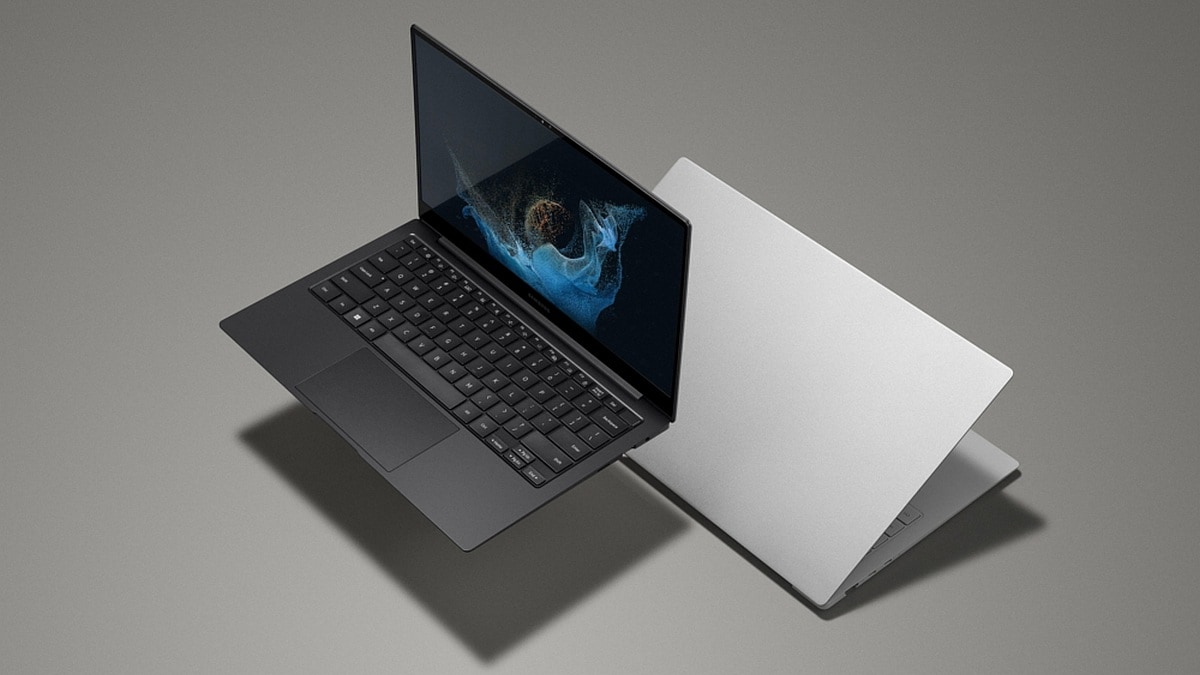Intel will shake up its naming scheme for Core family CPUs with the launch of the 14th Gen later this year. The familiar Core i3, i5, i7 and i9 names denoting performance tiers will be retired after nearly 15 years and replaced with shorter Core 3, Core 5, Core 7 and Core 9 labels for mainstream consumer CPUs. However, a new set of Core Ultra 5, Core Ultra 7 and Core Ultra 9 tiers will also denote high-performance “leadership” models. Moreover, Intel will stop emphasising generation numbers on its stickers and in marketing. The Intel Evo and vPro brands are also getting fresh usage guidelines and logos.
The company suggests that its customers have been asking for a simpler naming convention, although we don’t yet know if the five-digit number sequence in each product’s name will continue, and if the Ultra modifier will replace the current X suffix for overclockable top-end CPUs. New badge designs have also been revealed, not just for each CPU tier but also for Intel Evo certified laptops and the vPro Enterprise and vPro Essentials business qualifications.
According to Intel, the Meteor Lake architecture marks an “inflection point”, with a shift to a modular manufacturing style. This involves multiple components fabricated on different processes and at different places, all combined using Intel’s Foveros 3D stacking and interconnect technology. Meteor Lake CPUs for consumer laptops are expected to consist of a CPU tile fabricated by Intel on the new Intel 4 process along with GPU and IO tiles fabricated by TSMC. Intel is already claiming significant boosts to power efficiency and graphics performance with Meteor Lake, the latter largely thanks to the use of the Xe GPU architecture. As confirmed at Computex 2023, this architecture will also introduce dedicated AI acceleration hardware.
At this point, Intel has not confirmed any specifications or performance targets for Meteor Lake. Interestingly, it’s also heavily rumoured that this architecture will serve only the laptop segment for Intel’s 14th Gen, with a separate product stack based on the purported ‘Arrow Lake’ architecture for desktop CPUs.



